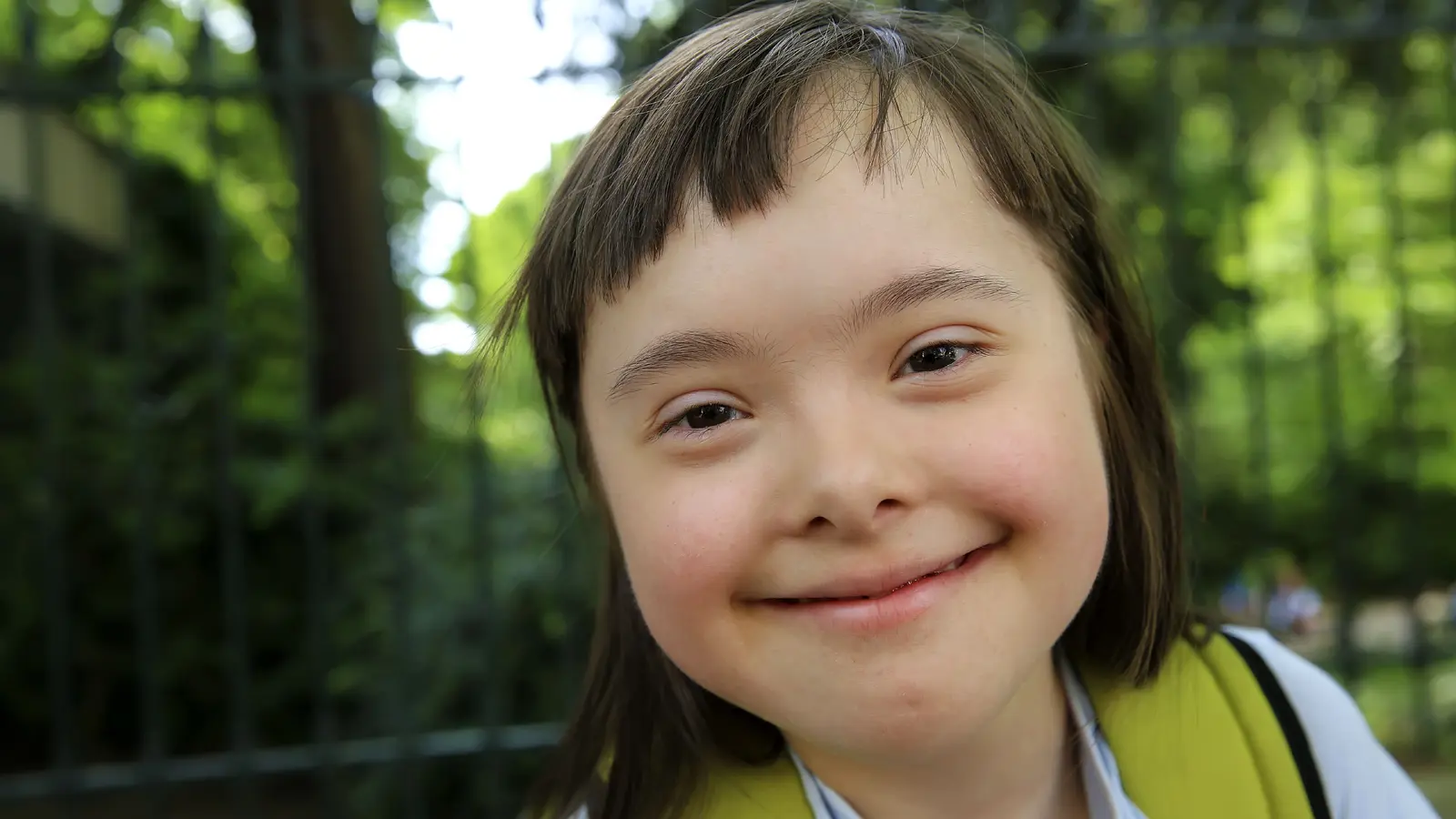6 Minutes
A single missing molecule could be a surprising lever for improving learning and memory in Down syndrome. New laboratory work points to pleiotrophin — a protein normally abundant during brain development — as a potential way to rewire mature brain circuits and boost plasticity. The results are early and preclinical, but they open a different path from therapies that must act only during prenatal windows.
Why scientists are looking beyond neurons
Most research on cognitive disorders focuses on neurons — the brain’s electrical messengers. But a growing body of work highlights the supporting cast: glial cells such as astrocytes, which secrete molecules that shape synapses and modify how circuits function. Researchers at the Salk Institute, collaborating with scientists now at the University of Virginia School of Medicine, screened brain proteins in a mouse model of Down syndrome and found pleiotrophin levels were unusually low.
Pleiotrophin is highly expressed at key developmental stages and influences axon and dendrite growth, synapse formation, and the balance of signals that underlie learning. Because the protein is secreted — released by cells into the surrounding tissue — it can act on nearby neurons and reshape connectivity without having to change the neurons’ DNA directly.
From lab mice to restored plasticity
To test whether restoring pleiotrophin could repair faulty circuits, the team used viral vectors to deliver the protein to astrocytes in adult mice. Viral vectors are engineered, non-disease-causing viruses used to carry genetic material into cells; in this case the cargo encoded pleiotrophin so astrocytes would secrete it locally.

Remarkably, adult mice treated this way showed an increase in synapse number within the hippocampus — a brain region essential for forming new memories — and an uptick in synaptic plasticity, the brain’s ability to change with experience. In behavioral tests, treated animals displayed improved performance on tasks that depend on hippocampal function. Because these changes occurred after brain development was complete, the findings suggest a window for intervention that extends into adulthood.
What the experiment did — and did not — show
- The study used a mouse model of Down syndrome; human trials have not been performed.
- Pleiotrophin delivery targeted astrocytes and increased synaptogenesis (formation of synapses) in the hippocampus.
- Functional improvements in plasticity and behavior were observed, indicating the molecule can modify mature circuits.
- Researchers caution pleiotrophin is unlikely to be the sole cause of cognitive differences in Down syndrome; it may be one of several contributors.
“This work demonstrates that astrocytes are not merely support cells — they are potential delivery platforms for molecules that can remodel circuitry even in adult brains,” said Ashley N. Brandebura, PhD, a member of the research team now at UVA School of Medicine. While optimistic, she and colleagues emphasize the long path from mouse experiments to safe, effective human therapies.
Scientific background and broader implications
Down syndrome arises from an extra copy of chromosome 21 and affects about 1 in 640 babies born in the United States, according to the CDC. The condition is associated with developmental delays, a higher risk of certain medical conditions, and characteristic changes in brain structure and function. Historically, attempts to change neural development have focused on narrow prenatal windows — limiting options for older children and adults.
Pleiotrophin’s ability to increase plasticity suggests an alternative: instead of trying to prevent early developmental differences, we might be able to reprogram or augment circuits later in life. That approach could complement gene therapies, small-molecule drugs, or protein infusions designed to boost synaptogenic (synapse-forming) signals.
Researchers also point out potential relevance beyond Down syndrome. If astrocyte-driven delivery of plasticity-inducing molecules works in other models, it could be applied to neurodevelopmental disorders such as fragile X syndrome and, conceivably, to some neurodegenerative conditions where synaptic loss contributes to cognitive decline.
Risks, unknowns and the road ahead
Important caveats remain. Viral vector delivery comes with safety considerations that must be rigorously evaluated in larger animal models and, eventually, in human clinical trials. The nervous system is finely balanced — too much plasticity or mistargeted synapse formation could produce unintended effects. Moreover, Down syndrome is a complex condition with many genetic and molecular contributors; pleiotrophin-based approaches may need to be part of multi-pronged strategies.
Future work will aim to map exactly how pleiotrophin changes synaptic networks, optimize delivery methods, and define long-term outcomes. Scientists will also search for complementary molecules that together produce stronger or more selective benefits.
Expert Insight
“The shift toward targeting glial cells is a pivotal moment in neurotherapeutics,” says Dr. Elena Torres, a fictional but illustrative neurobiologist specializing in synaptic repair. “Astrocytes naturally coordinate synapse formation; harnessing that role could allow us to nudge mature circuits back into a more plastic, repairable state. That doesn’t mean we’ll have a clinical treatment next year, but it changes the kinds of questions and technologies we should prioritize — especially safe delivery systems and precise control over expression levels.”
In short, pleiotrophin offers a promising proof-of-concept: secreted molecules from non-neuronal cells can alter adult brain architecture and behavior. The discovery reframes how researchers think about timing and targets for therapies aimed at cognitive disorders and may inspire new avenues for translational research.
Source: scitechdaily
Comments
Reza
is this even true? viral vectors in adults worry me, off target effects, too much plasticity could be bad, where are the longterm studies tho
bioNix
wow, astrocytes as delivery bots for pleiotrophin? If that really works in adults, could be massive but theres a mountain of safety tests first... kinda excited tho


Leave a Comment